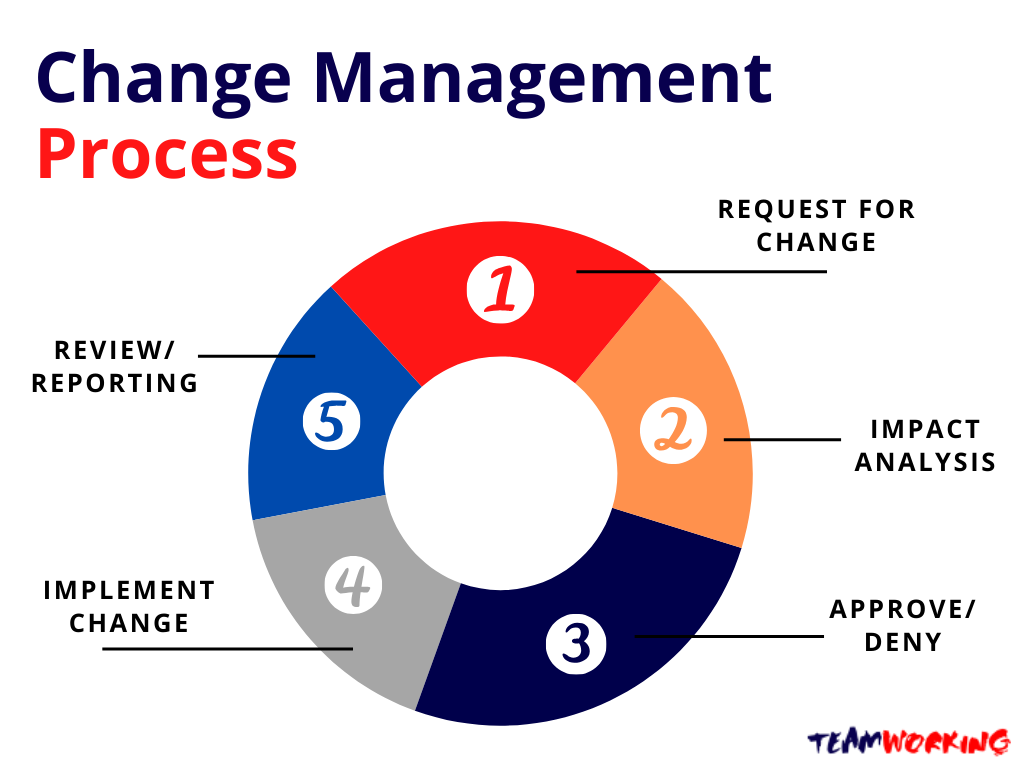How to deal with change

The term Change Management refers to a structured approach to change that occurs in individuals, groups, organizations and companies and that makes it possible to transition from a current working method to a desired future one.
It is a complex process. It has a strong impact on people’s habits, which by their nature always show some uncertainty in the face of change.
Change Management is a theme that never goes out of fashion, today less than ever since the market is more flexible and unpredictable than in any past era. Learning to adapt faster than competitors can be a huge advantage for the company. But even better would be knowing how to innovate quickly enough to recognize and guide the upcoming change.
The corporate structure must become increasingly flexible and adaptable, but also resistant to effort, to withstand any possible future conditions – however unpredictable.
From the point of view of a company, an organization or simply a group of individuals, the change can be represented by a new type of technology to be acquired or by a new way of placing processes within it. Furthermore, it can also be a cultural leap to be spread internally or externally. In general, to ensure the achievement of its objectives, the mission, a company needs to better govern its transformation.
The bigger and deeper the change, the greater the effort and attention needed to govern it and direct it towards the goal.
Change Management: the strategy
In order for a transformation to really take place, we need a clear and efficient strategy. Moreover, a strong participation and motivation of the people involved is needed.
The culture of Change Management, an important part of the Team Coaching process, provides an overview and tools to govern the impact of transformation on the people involved and to help individuals orient themselves and move within the changes of the surrounding world.
Change or improve?
Change has always scared us. We all want to improve but few of us really want to get involved and change deeply. There is always that fear of leaving our comfort zone, the one we know well, to face the unknown.
Before the change, in fact, it is important to understand what each of us is willing to let go of. It is important to take an introspective journey to understand which parts of us are superfluous or which keep us tied to the past, not allowing us to move forward towards improvement.
If individual change is already complex, managing a team’s change is an even more complicated matter that requires study and in-depth knowledge of the team members, obtainable with the Assessment sessions. When a team changes, the balance within it also changes. The important thing, therefore, is to learn how to communicate the change in a different way to the team members as each responds differently to external stimuli.
Change Management and goals
We can know what objectives to select only if the work of Vision – Mission – Values has been done with knowledge. Every change is made on the basis of a goal to achieve.
In reality, however, it makes no sense to talk about goals. The objectives are only numbers, and although they are certainly useful, the most important information is that which helps us understand what lies behind it, the change that leads us to the definition of it. If our goals do not find a hook to a wider program, they remain only one more effort, one more mental exercise which, however, does not have a strong image to motivate it.
The real push, therefore, is to build something, to complete a project with the following evolution of the team. You need to be able to convey to your group the need to find motivation in something big. Like, for example, in participating in a more important project. Obviously, Vision completely conditions the way we relate to what we do every day.
What must be behind our goals?
In summary, behind personal and team goals there must be:
- A dream that excites and scares us: the idea that something scares us does not mean that it is necessarily right. At the same time, though, not only because something scares us means it is impossible to achieve.
- Team alignment
- Different perspective
- New ideas
- A profound motivation: we need to understand what motivates and drives us, what makes us happy.
Change and Stress Management
Stress Management direclty follows Change Management. Effective stress management in the workplace is a quality that a good leader cannot do without. Otherwise, the risk is not being able to do one’s job to the best of one’s ability. But stress is not only a negative factor in corporate life. In fact, it is also a stimulus to action and a powerful motivational spring. It is important, in fact, to know how to manage it with the right tools.
Our solution?
To transform stress from a dispersive factor to a stimulus, our choice is to recreate customized conditions of change, and therefore stressful, in a new environment, far from the typical business experience, like the Desert.
In this way, the experience of positive stress is built, aimed at achieving the goal. Even if the training activity puts the participants in conditions of strong tension, the apparently light and almost playful environment will favor the creation of positive communication and team work dynamics.
